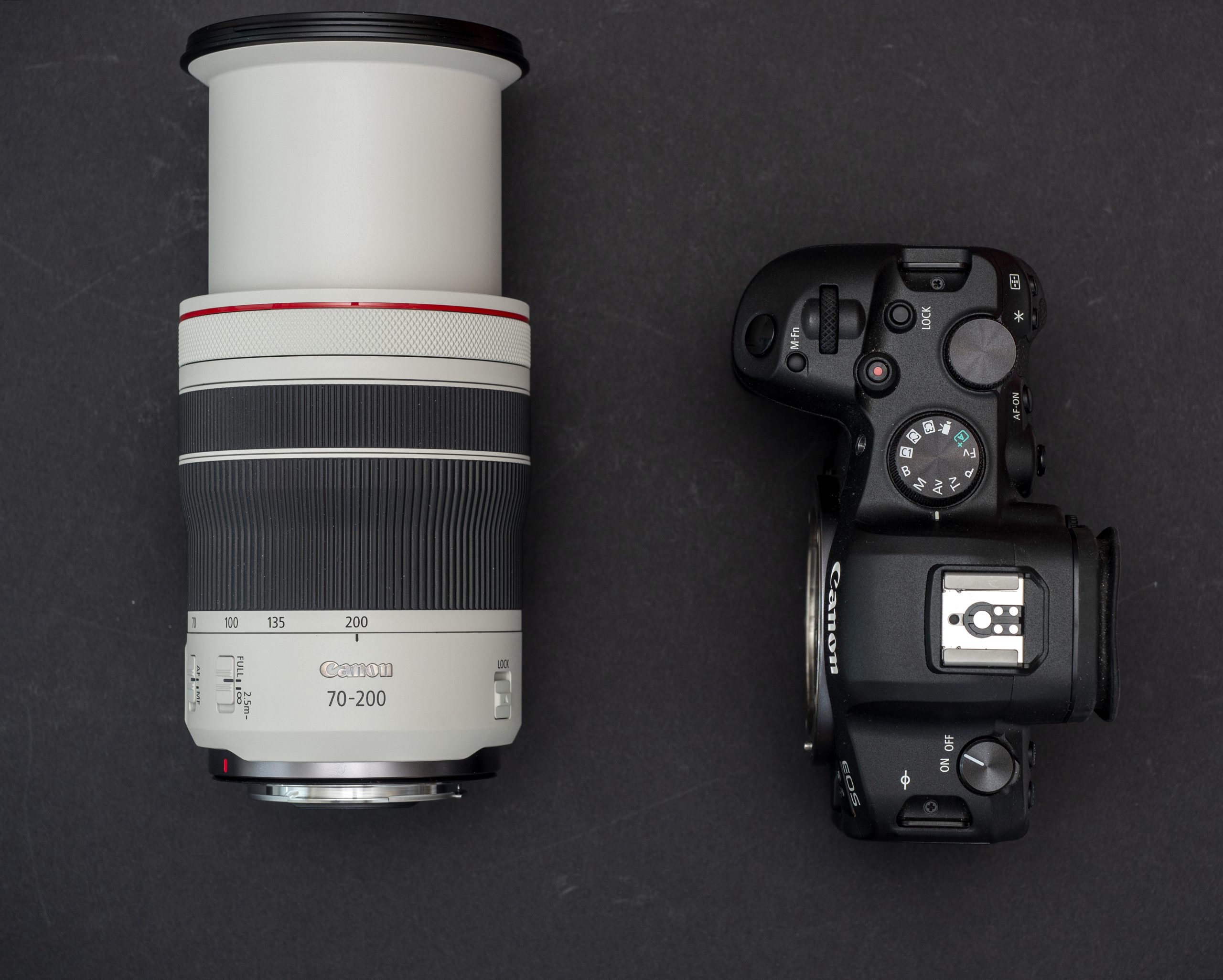One of the disadvantages of creating a brand new camera system is that you have to create new lenses. But you can turn that to your advantage, because then you get the opportunity to start afresh.
For Canon, it has been absolutely necessary to develop new lenses for the new EOS R camera system. The old EF lenses have not deteriorated since they were introduced, but the new mirrorless full-frame system places new demands on the lenses, which the old ones cannot meet to the same extent as new, optimally adapted constructions.
That’s why Canon is creating new lenses for the R-format, where the optical performance and autofocus are some of the things that have been adapted to a completely new camera system, where, among other things, the bayonet mount, register distance and focus algorithms have been changed.
Of course, all the most popular focal lengths come in RF mount, which means that Canon makes lenses such as 24-70mm, 28-70, 50, 85, 24-105, 16-35 and 70-200, from scratch for the new camera system .

The smallest 70-200 so far
The latter is available in two versions, an RF 70-200 f2.8, and the new RF 70-200 f4, which we have tested. The latter loses an exposure step in brightness, but saves you weight and money. If you can manage with aperture 4, you save thousands, the weight drops almost 400 grams and you get a 25 mm shorter and six millimeters slimmer 70-200.
But the most important thing is almost identical. The lens construction is quite similar, with 17 and 16 lens elements, but the cheaper 70-200/4, has slightly cheaper elements on the inside, but on the outside it is mostly the same.

Zoom ring, programmable setting ring, focus ring, focus area buttons, focus method – the built-in optical, five-stage image stabilizer can be turned off. It also has three stabilization modes to choose from, depending on how the photographer wants to follow the subject’s movements: 1 is general stabilization, 2 is custom panning, while 3 only activates stabilization when the shutter button is pressed.
What you do not get, not even as an option, is the swivel stand mount that comes with RF 70-200 / 2.8. The zoom can also not be used with any of Canon’s RF lens teleconverters.

If you use the compact RF 70-200/4 together with an EOS R5 or R6, you get up to 7.5 steps of stabilization, and a light and handy package for portraiture, sports, landscape and animal photography, to name a few.

Performance
The Canon zoom suited it very well. The autofocus (with EOS R6) is fast and precise as we have become accustomed to from Canon’s USM focus on newer Canon camera housings. It keeps up well with birds’ somewhat unpredictable flight, and tracks moving subjects directly towards the camera without a single mistake.

The sharpness is also not much to blame here. If you choose the largest aperture at 70mm focal length, you can see from the raw files that the sharpness falls in the corners, but it is not much. A step up to f5.6, then it evens out, and the sharpness is simply excellent all the way to f16, where diffraction occurs and attenuates the sharpness – though moderate – at each further aperture step.

Not surprisingly, the sharpness is smoother over the image area of 135 and 200mm on aperture four. But here too it is noticeably sharper from f5.6 to f16. To sum up, the sharpness of the zoom is excellent over the entire surface, even at full aperture, and you can safely shoot at f4 without having to resort to lens correction in Lightroom or Capture One, on all images.

At 70mm, there is moderate barrel-shaped distortion, which you will hardly see in the pictures, and very little vignetting, which decreases quickly when you zoom in from 70mm.
Canon has good control over chromatic aberration, which is mostly away from the images, and defocused areas – bokeh – look just right dull, and the distortion in the backgrounds, for example, from light sources, also does not show troublesome deviations.

Conclusion
Canon’s compact RF 70-200mm f4 L IS USM is an expensive lens. The joy of the near-exemplary optical performance is a bit chellenged when the price is so much higher than the ‘predecessor’ EF 70-200/4 II, for Canon’s SLRs. And which is not a bad 70-200 zoom, far from it, but for those who focus on Canon’s R-Series with mirrorless cameras, it’s natural to choose the new RF version, which is even better optically and has better autofocus and image stabilizer.
We think
Small and light, very sharp at all focal lengths, fast autofocus and excellent image stabilization. Weatherproof. Expensive, can not use stand mount or teleconverter.
2500 €
Specifications
- Type: Zoom
- Brightness: f4-32
- Socket: EOS RF
- Image stabilizer: Optical, five-stage
- Near limit: 60 cm
- Filter diameter: 77
- Lens elements: A total of 16, 11 groups
- Dimensions / weight: Ø 84 mm, 119 mm, 695 grams
- Other. Sun visor, weather seal, bag.
- canon.no

